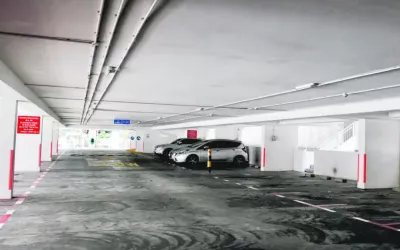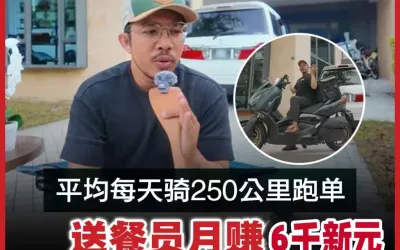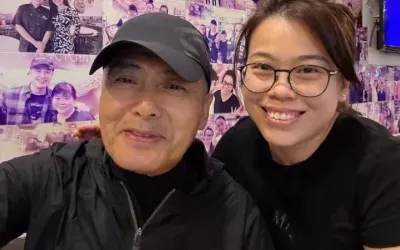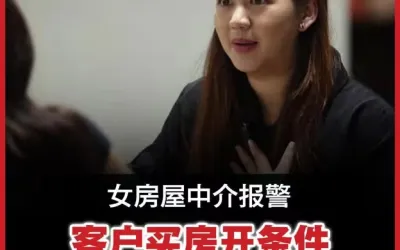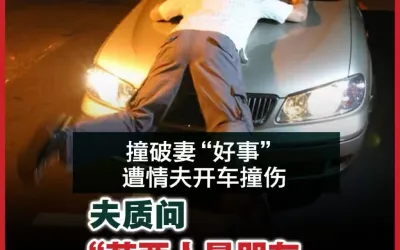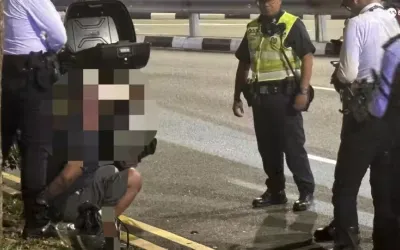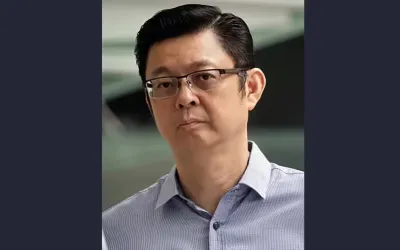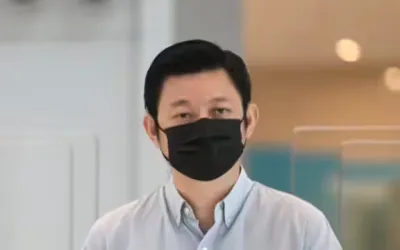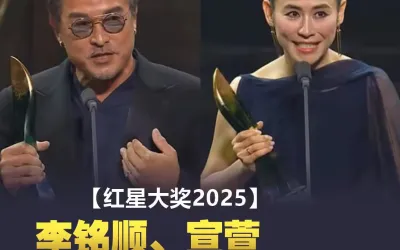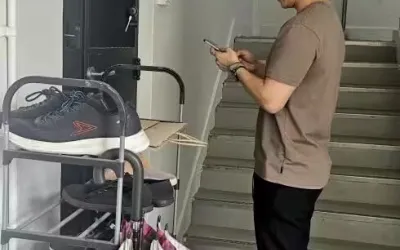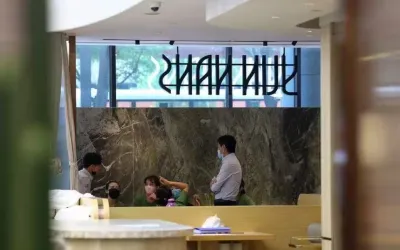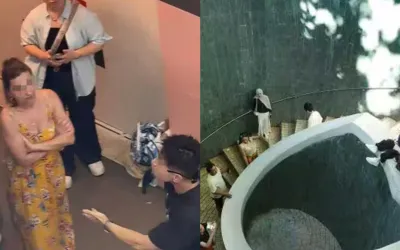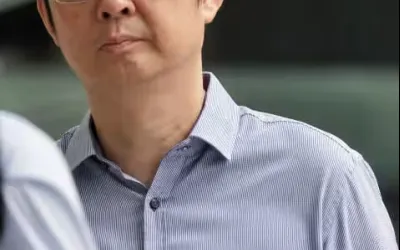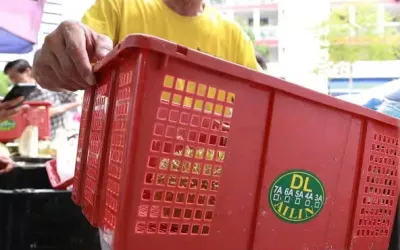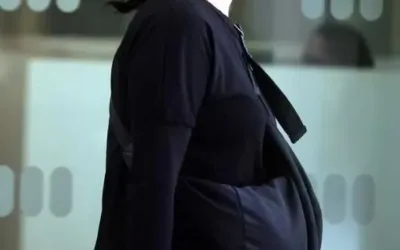2024年5月8日,新加坡衛生部高級政務次長拉哈尤·瑪贊在國會答覆蔡厝港集選區議員周凱年關於如何利用社交媒體提高對電子煙危害的認識問題。
以下內容為新加坡眼根據國會英文資料翻譯整理:
周凱年先生詢問衛生部長:
有哪些策略可以吸引社交媒體平台和社交媒體上的廣告,以提高人們對電子煙危害的認識,並阻止新加坡年輕人吸食電子煙?
拉哈尤·瑪贊(衛生部長高級政務次長)(代表衛生部長):議長先生,我的答覆也將涵蓋文禮佳博士在書面質詢中提出的事項,這些問題將安排在今天的會議上討論。
在全球範圍內,青少年吸食電子煙的人數不斷增加。市場營銷,包括通過社交媒體和有影響力的人進行的營銷,很大程度上是針對青少年的,這促使其在這一年齡組中廣泛使用。許多青少年養成了吸食電子煙的習慣,認為它聞起來像水果一樣無害。他們把它變成了朋友間的一種生活習慣。然而,我們都知道吸食電子煙有害的。事實上,它正在年輕人中生根發芽,這使它的危害更大。許多國家允許吸食電子煙,但現在卻試圖限制其消費。幸運的是,新加坡看到了它的潛在危害,從一開始就禁止了它。
《煙草(廣告和銷售控制)法》或《煙草法》也禁止電子煙的廣告。眾所周知,與所有國內法律一樣,《煙草法》適用於在新加坡以及由與新加坡有關的個人或實體發布的與電子煙有關的內容。然而,網際網路和社交媒體是一個全球性的生態系統,國內法律禁止有害內容或廣告並不意味著這些材料不會來自國外或國外有影響力的人。這就是當今網絡執法的本質。
但我們並非沒有管理機構,我們已經採取了多項措施。例如,首先,社交媒體和電子商務平台意識到,根據《煙草法》,它們應恪盡職守,主動刪除針對新加坡居民的與煙草有關的內容。如果發現平台沒有足夠的程序來檢測和刪除與吸食毒品有關的內容,可能會對其採取執法行動。衛生部(MOH)和衛生科學局(HSA)將繼續與通信及新聞部(MCI)和資訊通信媒體發展局(IMDA)密切合作,與這些平台進行接觸。
其次,根據網際網路行為準則(Code of Practice for Online Safety),資訊通信媒體發展局指定了具有重大影響力的社交媒體服務,以最大程度減少用戶接觸有害內容的機會。指定的社交媒體服務包括 Facebook、HardwareZone、Instagram、TikTok、X 和 YouTube。
第三,衛生科學局一直在監測通過社交媒體、電子商務和信息平台非法銷售電子煙的情況,並開展刪除電子煙內容的行動。衛生科學局正努力擴大工作範圍,並正在審查法律處罰,以加強對電子煙廣告、進口和分銷的威懾。
第四,在清除電子煙內容的同時,我們也努力增加有利於健康的內容。健康促進委員會(HPB)還在2023年發起了一項無電子煙運動,包括利用社交媒體,主要針對青少年和青年。
議長先生:有請周凱年先生。
周凱年先生(蔡厝港集選區議員):謝謝議長。我感謝高級政務次長的回答。我想我的大部分補充問題已經得到了回答,但還有一個。我在議會供應委員會的一次發言中談到了這個問題。電子煙與古柯鹼泛濫之間有密切關係。在加拿大,29%的15歲或以上吸食古柯鹼的人表示,電子煙是他們吸食古柯鹼的首選方式。衛生部是否會對電子煙吸食和濫用毒品方面的聯繫和風險進行研究?
拉哈尤·瑪贊女士(以下簡稱 "拉哈尤"):是的,圍繞這一信息有大量研究和數據,我們正在對此進行跟蹤。事實上,這正是我們所擔心的,因為一些錯誤信息在年輕人甚至成年人中間傳播,認為電子煙是無害的;事實上,它們可能是戒煙產品。但實情是,有大量數據表明,它們是導致吸煙和吸毒的 "入門產品"。因此,我們需要繼續在這方面積累知識並傳播信息。

以下是英文質詢內容:
USE OF SOCIAL MEDIA TO RAISE AWARENESS ABOUT HARMS OF VAPING(1)
6 Mr Zhulkarnain Abdul Rahim asked the Minister for Health what are the strategies to engage social media platforms and advertising on social media to raise awareness about the harms of vaping and to discourage the use of vapes and habit of vaping among youths in Singapore.
The Senior Parliamentary Secretary to the Minister for Health (Ms Rahayu Mahzam) (for the Minister for Health): Mr Speaker, my response will also cover the matters raised in the written questions by Dr Wan Rizal, which are scheduled for today’s Sitting.
There is a global rise in the use of e-vaporisers among youths. Marketing, including through social media and influencers, is largely targeted at youths, which contributed to its widespread usage amongst this age group. Many youths picked up the vaping habit, thinking it is harmless because it smells like fruits, and they make it a lifestyle habit among their friends. However, we all know that vaping is harmful. The fact that it is taking root among youths makes it even more harmful. Many countries allowed vaping, only to try to restrict its consumption now. Fortunately, Singapore saw its potential harm and banned it from the start.
The Tobacco (Control of and Sale) Act, or the Tobacco Act, also prohibits of e-vaporisers. As we all know, like all domestic laws, the Tobacco Act applies to vaping-related content published in Singapore and by Singapore-connected persons or entities. However, the Internet and social media is a global ecosystem and having domestic laws that ban harmful content or does not mean that these materials would not come in from a foreign source or a foreign influencer. That is the nature of online enforcement today.
But we are not without agency and we have put in place several measures. For example, firstly, social media and e-commerce platforms are aware that under the Tobacco Act, they are expected to exercise due diligence and proactively remove vaping-related content that target Singapore residents. Enforcement actions may be taken against platforms that are found with inadequate processes to detect and remove vaping-related contents. The Ministry of Health (MOH) and Health Sciences Authority (HSA) will continue to work closely with the Ministry of Communications and Information (MCI) and the Infocomm Media Development Authority (IMDA) to engage these platforms.
Secondly, under the Code of Practice for Online Safety, the IMDA designated social media services with significant reach or impact to minimise users' exposure to harmful content. The designated social media services are Facebook, HardwareZone, Instagram, TikTok, X and YouTube.
Thirdly, HSA has been monitoring illicit sales of e-vaporisers via social media, e-commerce and messaging platforms, and carrying out operations to remove e-vaporiser content. HSA is trying to expand its efforts and is reviewing the legal penalties to strengthen the deterrence against advertising, importation and distribution of e-vaporisers.
Fourthly, even as we remove e-vaporisers content, we also try to increase pro-health content. The Health Promotion Board (HPB) also launched a vape-free campaign in 2023, including using social media, targeting youths and younger adults.
Mr Speaker: Mr Zhulkarnain.
Mr Zhulkarnain Abdul Rahim (Chua Chu Kang): Thank you, Speaker. And I thank the Senior Parliamentary Secretary for the answer. I think most of my supplementary questions have been answered, but just one more. I spoke about this in Parliament in one of my speeches in the Committee of Supply. There is a strong link between vaping and cannabis abuse. In Canada, 29% of cannabis-using individuals aged 15 years or older indicated that vaping is their preferred method for cannabis use. Will MOH conduct a study on this link and risks in terms of the usage of vaping and drug abuse?

